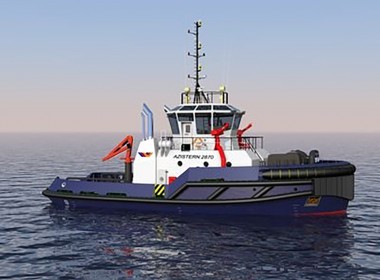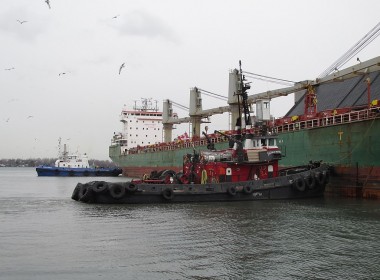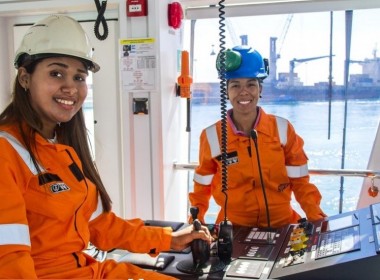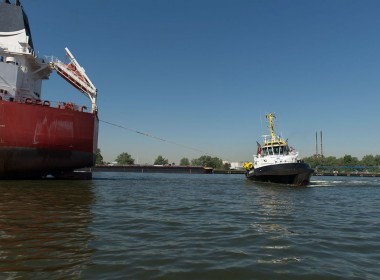COLUMN | The perfect way to design a tug? [Tug Times]
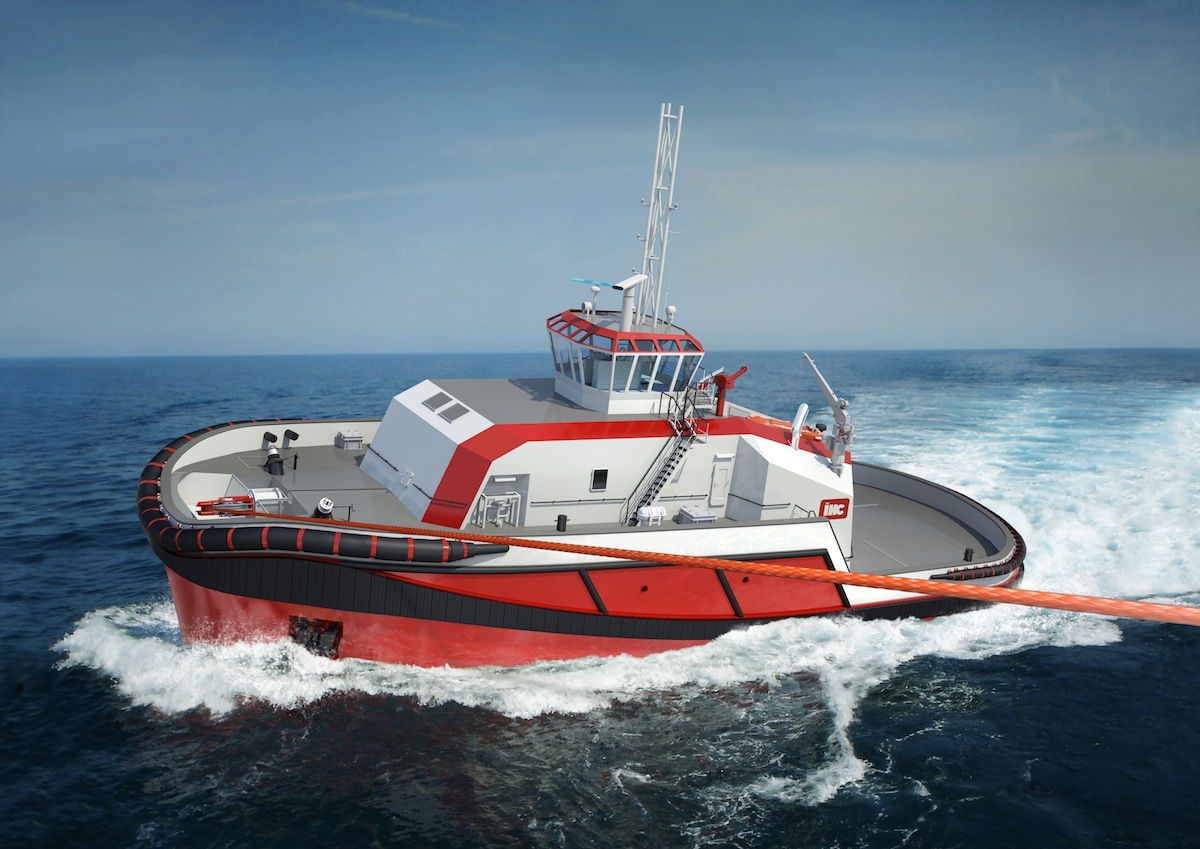
Many readers will be aware of the famous instruction in a recipe for hare soup – “first catch your hare”. The instruction is attributed either to Mrs. Glasse’s The Art of Cookery Made Plain and Easy (1747), or to Mrs. Beeton’s Book of Household Management (1851), but does not actually appear in either book. Fake news has been around longer than you might imagine, but this example barely stands up long enough to be knocked over.
Consider, for a moment, the sorts of people who might be able to read in the 18th and 19th centuries and who could afford to buy frivolous books (that is, anything not to do with religion), and you soon realise the readers would most likely have been gentlefolk. And the idea that gentlefolk gave a toss about making hare soup is patently ridiculous – if they wanted it they simply told the servants and it appeared.
You might as well suggest that my countrymen lost the American War of Independence because they neglected to hold on to the airports.
My thoughts turned in these bizarre directions when I read about the new “Delta” escort tug design from IHC. They claim to have perfected their design by, “bringing it right back to the basic functionality,” with particular emphasis on the towing winch. This led me to consider what a typical customer or designer might see as the priorities when buying or designing a new tug.
For a buyer, the critical parameters are likely to be bollard pull and physical size. A reasonably informed buyer should know the power required in its operating area in the next ten years, and the physical constraints within the operating area. Armed with this knowledge, it is fairly straightforward to find a design which will be suitable.
For designers the considerations are probably not much different, albeit rather more complicated. They need to carefully study trends and predict the factors which will entice the buyer to select their designs. Larger designers tend to offer a range of options so they can cater to a wider customer base.
IHC are not trying to be all things to all men, but started with findings from the the MARIN Research Institute’s “safe tug” project, and a concept initially created by the Stubitec consultancy. In essence, they wanted to concentrate on the design of a safe escort/berthing tug, particularly for LNG carriers, bearing in mind the finding of the safe tug project that there is no suitable render/recovery winch on the market for heavy-duty escort tasks.
Going to the “basic functionality” IHC considered what kind of tug would be powerful enough to assist, steer, brake and tow LNG tankers offshore and in fairways at speeds of up to 10 knots. The company opted for a bollard pull of 100 tonnes and a rather portly beam of 17 metres, with a large skeg and azimuthing stern drive configuration.
Central to the design was the winch which, as mentioned above, did not exist. IHC came up with a design which was totally enclosed and located in a winch room at the aft end of the deckhouse to protect it from the elements. This is a feature I particularly like – widely used in the offshore industry, but rare on harbour tugs, it seems to be an excellent idea and I wonder why we didn’t think of it years ago. Worried that hydraulic controls are rather slow to respond, the designers also opted for electronic controls and drives, with the torque of the drive motors being used for braking power and also, “allowing excess power to be fed back into the net.” They claim a maximum rendering speed of 120 metres/min.
No more exciting field of seafaring
In another clever wrinkle, the winch is mounted on two shock absorbers which permit a degree of longitudinal movement to cope with extreme shock loads. In addition, the winch skid is mounted on two pins equipped with strain gauges, so loads can be measured and the foundation is not welded directly to the deck. In addition to a top-spooling arrangement for escort towing, the line can also be led under the drum and deployed aft for towing over the stern. The design also allows for an independent aft winch to be fitted if a lot of offshore towing is anticipated, and there is enough space in the winch room for this, too, to be totally enclosed.
The escort winch is designed to use fibre towing line, which is easier to lift and handle. A sheave-fairlead at the bow prevents excessive wear, while the small fleeting angle means the line will spool naturally on the drum.
Not surprisingly for a contemporary design intended for LNG ports, the tug is designed to burn LNG, and has a capacity of 80 cubic metres. It features a dual hybrid system – two dual fuel generators with redundant energy storage systems. The power plant arrangement relies upon the fact that escort tugs use maximum bollard pull only a small percentage of the time, and a spokesman commented that, “dual fuel engines don’t like fluctuating loads, known to cause LNG slip or, if too extreme, cause the engines to switch back to diesel oil. In this system it can run at a steady, fuel efficient speed on LNG with minimal emissions to charge the energy storage systems as required and minimise the running costs and engine hours.” I have no idea what this means, but I guess the designers know what they are talking about.
It always bothers me when people rely on dodgy statistics such as, “escort tugs use maximum bollard pull only a small percentage of the time,” because when things go wrong, as they inevitably will, those percentages increase in direct proportion to the captain’s laundry bill. I hope the designers have considered those days when everything goes wrong and the tug is straining at the outer limits of its capabilities for hours on end. I suspect the solution is that everything reverts back to MDO to power the vessel, but the publicity blurb does not spell this out in ways a technologically-challenged oik like me can understand, so I remain in the dark.
Naturally, the design incorporates lots of safety features. If there is a gas release in the vicinity, all openings on the tug will close and it will continue operations or move to a safe environment using the energy storage system.
Overall, this seems to be an interesting new design. It is evolutionary rather than revolutionary, but I like the fact that the winch is given the respect it deserves. And typically, because they are Dutch and hence are practically born knowing how to tow, the designers have put a great deal of thought into it. All we need now is for someone to build one so we can see if it lives up to all the promises.
In closing, it is worth repeating my belief that there is no more exciting field of seafaring than ours. There is always something interesting going on, and this is just one example of what keeps us all fascinated to be a part of it. Long may it continue.



